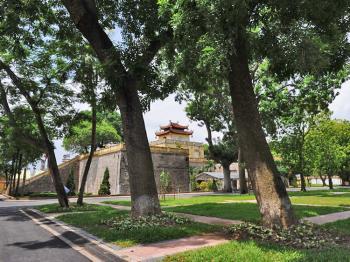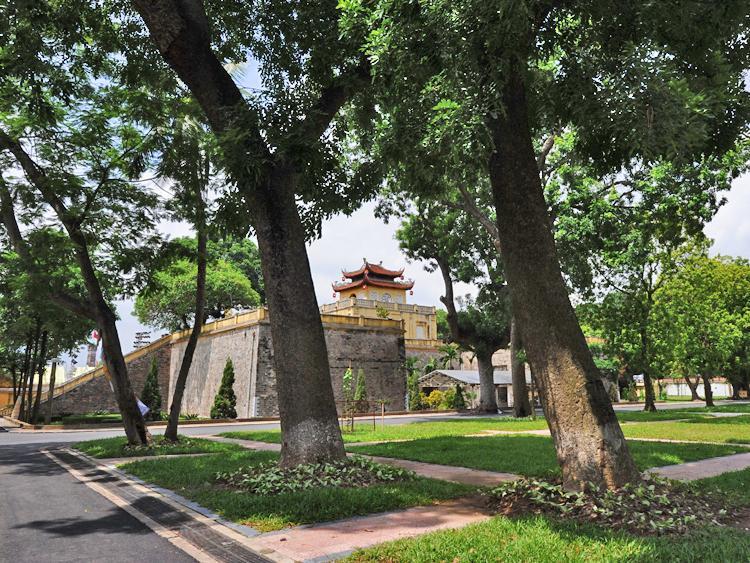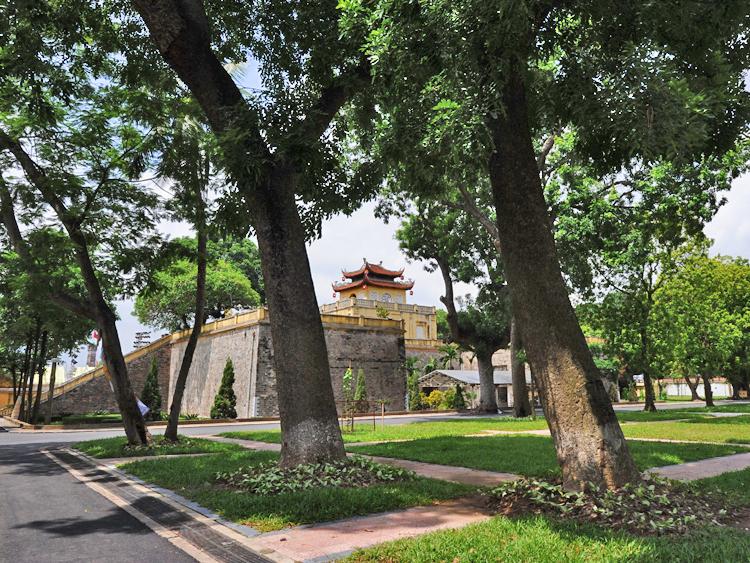UNESCO Heritage Site in Vietnam Damaged by Assembly House Construction
A section of the wall protecting Vietnam’s Thang Long Royal Citadel has collapsed due to construction.

UNESCO SITE: A picture shows a newly restored pavilion inside the former imperial citadel of Thang Long in Hanoi on August 3, 2010. Construction has damaged part of the wall protecting the Thang Long Royal Citadel. Hoang Dinh Nam/AFP/Getty Images
|Updated:





